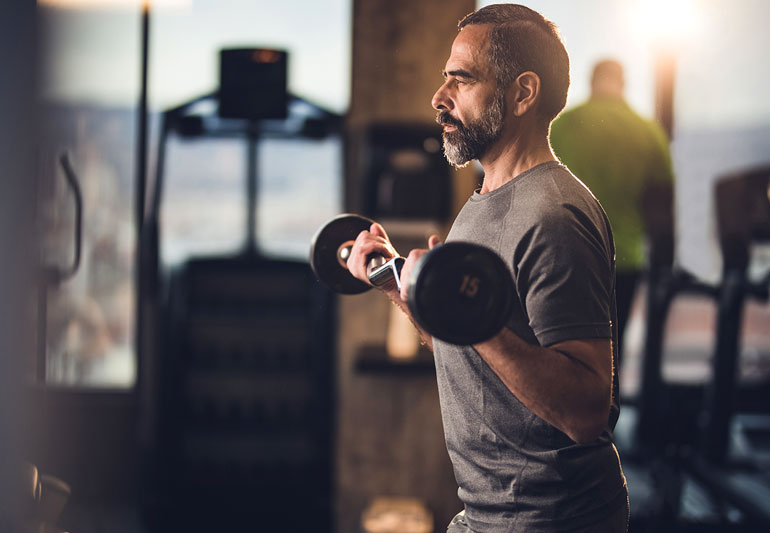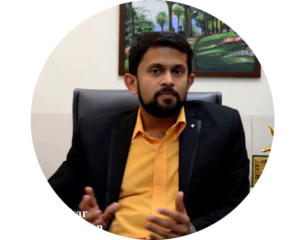What Are Bones and What Do They Do?
Bones provide support for our bodies and help form our shape. Although they’re very light, bones are strong enough to support our entire weight.
Bones also protect the organs in our bodies. The skull protects the brain and forms the shape of the face. The spinal cord, a pathway for messages between the brain and the body, is protected by the backbone, or spinal column. The ribs form a cage that shelters the heart and lungs, and the pelvis helps protect the bladder, part of the intestines, and in women, the reproductive organs.
Bones are made up of a framework of a protein called collagen, with a mineral called calcium phosphate that makes the framework hard and strong. Bones store calcium and release some into the bloodstream when it’s needed by other parts of the body. The amounts of certain vitamins and minerals that you eat, especially vitamin D and calcium, directly affect how much calcium is stored in the bones.
Bones are made up of two types of bone tissues:
- Compact bone is the solid, hard outside part of the bone. It looks like ivory and is extremely strong. Holes and channels run through it, carrying blood vessels and nerves.
- Cancellous (pronounced: KAN-suh-lus) bone, which looks like a sponge, is inside compact bone. It is made up of a mesh-like network of tiny pieces of bone called trabeculae (pronounced: truth-BEH-kyoo-lee). This is where bone marrow is found.
This soft bone is where most of the body’s blood cells are made. The bone marrow contains stem cells, which produce the body’s red blood cells and platelets, and some types of white blood cells. Red blood cells carry oxygen to the body’s tissues, and platelets help with blood clotting when someone has a cut or wound. White blood cells help the body fight infection.
Bones are fastened to other bones by long, fibrous straps called ligaments (pronounced: LIG-uh-Mentz). Cartilage (pronounced: KAR-tul-ij), a flexible, rubbery substance in our joints, supports bones and protects them where they rub against each other.
How Do Bones Grow?
The bones of kids and young teens are smaller than those of adults and contain “growing zones” called growth plates. These plates consist of multiplying cartilage cells that grow in length, and then change into hard, mineralized bone. These growth plates are easy to spot on an X-ray. Because girls mature at an earlier age than boys, their growth plates change into hard bone at an earlier age.
Bone-building continues throughout life, as a body constantly renews and reshapes the bones’ living tissue. Bone contains three types of cells:
- osteoblasts (pronounced: AHS-tee-uh-blastz), which make new bone and help repair damage
- osteocytes (pronounced: AHS-tee-o-sites), mature bone cells which help continue new born formation
- osteoclasts (pronounced: AHS-tee-o-klasts), which break down bone and help to sculpt and shape it


